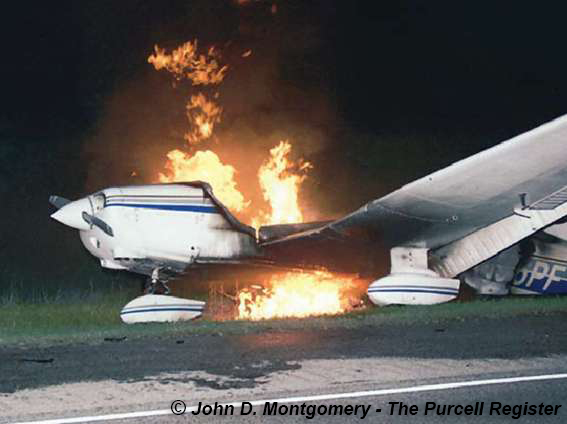Cold Weather Starting Procedures |
How Do I Do It? |
We have noticed that a few people have been having difficulties starting the airplanes in the recent cold weather. It is worth it to take the time to review the Pilot's Operating Handbook (POH) for proper starting procedures. The POH has the engine start checklist, and checklists are provided for each airplane, but wait, there’s more! Look carefully in Chapter 4 of the POH. It has “Amplified Procedures” following the checklists. "Amplified procedures" are where the manufacturer has given more detail for the steps in the checklist. Remember: A checklist is just that - a list provided to help you to check to ensure that you haven’t missed any steps. The instructions and methods that should be used in performing the steps are found in the amplified procedures. |
Some Words about Priming: |
Priming the engine prior to start is a procedure that is often misunderstood by pilots. A primer in a carbureted aircraft dumps vaporized fuel directly to the cylinders (in lieu of the atomization of fuel and proportional mixing with air done in the carburetor). Note: “The fuel primer is used to draw fuel from the tanks to vaporize fuel directly into the cylinders prior to starting the engine. During cold weather, when engines are difficult to start, the fuel primer helps because there is not enough heat available to vaporize the fuel in the carburetor…To avoid overpriming, read the priming instructions for the aircraft.” Chapter 6, page 25, Pilot’s Handbook of Aeronautical Knowledge If, when you go to start the engine, you prime - and -
|
Some Words about Over-Priming: |
The danger of failing to prime sufficiently is that the engine will not start. The danger in overpriming is that the engine may catch fire! Clearly, the former is far easier to deal with! Engines will fail to start for 2 reasons: Too much fuel and too little fuel! While a POH may recommend up to 6 strokes of primer, this is for extreme cold! At PFC, we do not start the engines in temperatures that would warrant 6 strokes of primer without preheating the plane. Thus, even 4 or more strokes of primer will likely never be necessary. When the engine is cold, pilots should always begin with the minimum number of primer strokes and increase if the engine does not catch and continue to run. If the engine catches but does not continue to run, apply the same number of strokes of primer, but crank the engine as you push the primer in on the last priming stroke. If the engine starts but you experience roughness and black smoke, this is a clear sign that the engine was overprimed! Regardless of whether or not the engine starts, as it turns out, if the airplane catches fire, it is also a sign that engine was overprimed! |
Okay, so now I have an engine fire... |
If you suspect an engine fire on engine start, follow these steps as a general guide:
|
Article by: Terry Keller Jr. |

 Pilots must always be prepared to deal with unexpected situations and react properly. This is the purpose of training. An engine fire on startup must be handled expediently and properly to avoid aircraft damage and injury to the pilot and passengers. And, while the majority of the information here has been specific to carbureted engines, fuel injected airplanes should be primed judiciously too as they are equally susceptible to engine fires!
Pilots must always be prepared to deal with unexpected situations and react properly. This is the purpose of training. An engine fire on startup must be handled expediently and properly to avoid aircraft damage and injury to the pilot and passengers. And, while the majority of the information here has been specific to carbureted engines, fuel injected airplanes should be primed judiciously too as they are equally susceptible to engine fires!